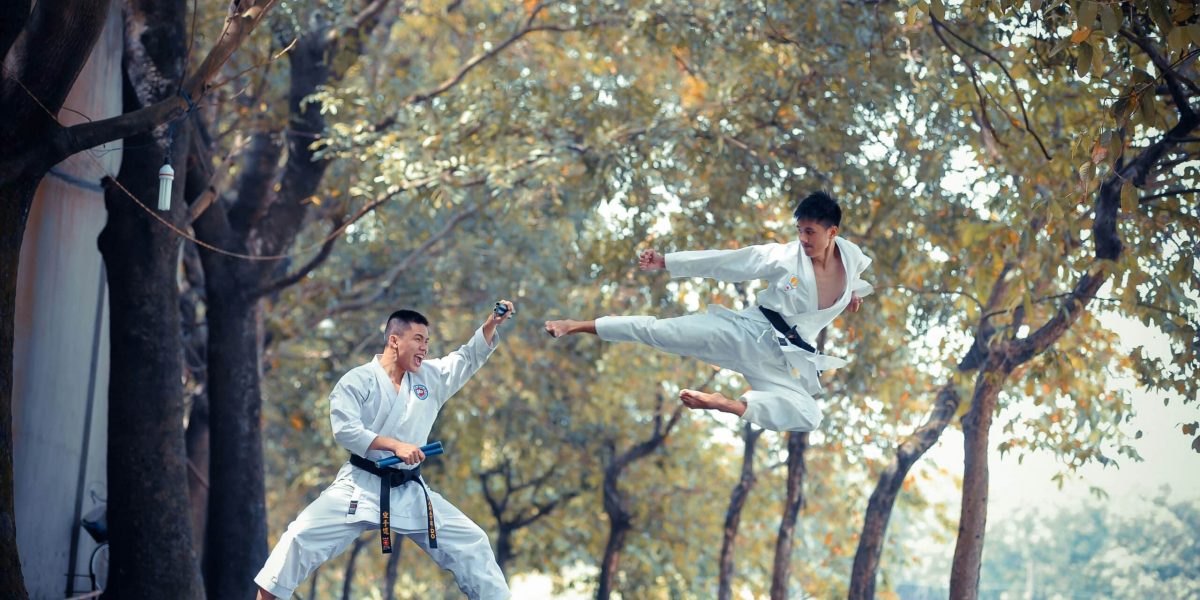Martial arts have transcended their ancient roots, evolving into a global phenomenon embraced for both competition and personal fitness. Mixed Martial Arts (MMA) fights, alongside traditional martial arts events, continue to captivate audiences worldwide. Beyond the excitement of combat sports, martial arts offer participants a blend of physical fitness, discipline, and mental fortitude. This article explores the rising popularity of martial arts, the appeal of MMA, and how these disciplines contribute to modern fitness trends.
Why Are Martial Arts and MMA Fights So Popular?
The allure of martial arts lies in its unique ability to combine intense physical activity with mental discipline. Traditional styles such as karate, taekwondo, and jiu-jitsu focus on personal development, while MMA delivers high-octane entertainment by pitting elite athletes against each other in a test of skill, endurance, and strategy. This dual appeal draws both practitioners and spectators, making martial arts one of the fastest-growing sectors in sports and fitness.
MMA fights, in particular, have brought martial arts into the mainstream. Organizations like the UFC (Ultimate Fighting Championship) and Bellator MMA have transformed what was once a niche sport into a global spectacle. The blend of various martial arts techniques—ranging from grappling to striking—creates an unpredictable and dynamic experience for fans. This excitement, coupled with charismatic fighters and dramatic rivalries, has propelled MMA to unprecedented popularity.
Traditional martial arts events continue to thrive, showcasing the artistry, precision, and cultural heritage of these disciplines. Competitions like World Karate Championships or Olympic taekwondo events celebrate martial arts as both a sport and an art form, attracting enthusiasts from across the globe.
How Do Martial Arts Contribute to Modern Fitness?
For many, martial arts serve as more than a sport—they are a pathway to improved physical fitness and mental well-being. The training regimens involved in martial arts offer a full-body workout, combining strength building, cardiovascular endurance, and flexibility. Unlike traditional gym routines, martial arts training is dynamic, engaging, and constantly challenging, making it a popular choice for people seeking an alternative to standard fitness programs.
Martial arts training also fosters mental discipline. Techniques like controlled breathing, focus drills, and mindful movement are integral to practices such as kung fu and aikido. These elements not only improve concentration but also reduce stress, offering a holistic approach to wellness. For this reason, martial arts have gained traction among people of all ages looking for physical activity that enhances both body and mind.
The fitness benefits of martial arts extend beyond personal health. Many gyms and studios have incorporated elements of martial arts into group fitness classes, such as kickboxing cardio or MMA-inspired workouts, making these practices accessible to a wider audience. These classes blend high-energy movements with techniques like punches, kicks, and footwork, allowing participants to burn calories while learning basic self-defense skills.
What Sets MMA Apart from Traditional Martial Arts?
While traditional martial arts focus on specific styles and philosophies, MMA combines techniques from various disciplines, creating a hybrid sport that emphasizes adaptability and versatility. Fighters in MMA must master multiple skill sets, such as Brazilian jiu-jitsu for grappling, Muay Thai for striking, and wrestling for takedowns. This multifaceted approach sets MMA apart, making it a showcase for the best of martial arts under a single competitive banner.
Another key difference is the competitive structure. MMA fights take place in a controlled environment, such as the octagon, where fighters are tested under unified rules designed to ensure fairness and safety. These fights, often broadcast globally, attract millions of viewers, generating immense excitement and growing the sport’s fan base.
In contrast, traditional martial arts emphasize personal growth and cultural preservation. Styles like karate, kung fu, and taekwondo are deeply rooted in history and often include rituals, traditions, and moral codes that go beyond physical combat. While some traditional styles are adapted for competition, the primary focus remains on mastery of technique and self-discipline rather than outright victory.
How Are Martial Arts Events Shaping the Future of Combat Sports?
The popularity of martial arts and MMA has had a profound impact on the world of combat sports. Martial arts events, from local competitions to international tournaments, continue to inspire the next generation of athletes. These events showcase the diversity of martial arts and the skill required to excel in them, attracting both participants and fans.
MMA promotions, such as the UFC, have revolutionized the business model of combat sports, using digital platforms and global tours to reach broader audiences. Fighters have become household names, not just for their skills but also for their ability to connect with fans through social media and storytelling. This human connection has made the sport relatable and driven its mainstream appeal.
The influence of martial arts extends beyond the ring. As interest in combat sports grows, so does the demand for martial arts-inspired fitness and self-defense programs. This evolution reflects how martial arts continue to adapt and thrive in modern society, bridging the gap between traditional practices and contemporary trends.








